By Brandt Heatherington
The world’s first combat submarine was something of an afterthought on the part of its creator. The revolutionary craft, known as the Turtle for its odd profile, was the progeny of David Bushnell, who was born in 1742 in West Saybrook, Conn. Bushnell did not start his career as an inventor, engineer, or even as a seafarer. In fact, he was a farmer for most of his early life. Bushnell’s father passed away when he was 29, and he eventually decided to sell the family farm. At the relatively advanced age of 31, Bushnell elected to pursue a higher education and entered nearby Yale College to study mathematics.
Bushnell graduated from Yale in 1775, on the eve of the American Revolution. He was a fervent patriot who felt strongly that technology would be the key to winning the war, so he and fellow inventor and Yale intellectual Phineas Pratt set to work. The powerful British Navy would have to be dealt with in order for the Revolution to be successful, and it was apparent that America’s fledgling navy would hard-pressed using conventional tactics. One of the pair’s first concepts was an underwater bomb with a time-delayed flintlock detonator, a forerunner of modern naval mines. The idea met with considerable skepticism as to whether gunpowder could be made to explode underwater, but Bushnell successfully proved that it could. The only dilemma facing the inventors was how to deliver the mines, or “time bombs,” to their intended target. For this purpose, Bushnell and Pratt developed a one-man, hand-propelled submersible vehicle to transport their bombs to an enemy vessel. The Turtle was born.
During the Turtle’s initial trials in the relative safety of the rivers of Connecticut, another famous colonial inventor, Ben Franklin, was an admirer of the awkward-looking vessel, watching from shore as the Turtle was tested. Bushnell lacked the physical strength and stamina to operate the vessel himself, so his brother Ezra volunteered for the job. The Turtle bore almost no resemblance to the modern concept of a submarine. It looked more like a beer keg, with an oversized screw sticking out from the top, and its propellers and rudder oddly positioned on three different sides of the contraption. The hull of the vessel looked like two halves of a Turtle shell pressed together, hence its nickname. The Turtle was constructed of oak, covered with pine-tar pitch for waterproofing, and held together with iron bands. Measuring a mere 7 1/2 feet tall and six feet wide at its center, it was barely large enough for its single operator to squeeze inside. The operator entered through an airtight hatch on the top of the sub, sat on a traverse beam mounted inside the vessel, and drove the submersible with hand-cranked propellers, a large one in front and a smaller one on top. He steered by means of a rudder at the rear of the vessel.
The operator determined where he was going while on the surface by looking through a set of glass ports surrounding the hatch. Submerged, he made use of a compass lit by phosphorous. The Turtle could float on the surface and pump in fresh air through a leak-proof intake valve, but once under water the operator could only keep the vessel below until the air ran out. The ship dove and surfaced by means of brass pumps that took in or expelled seawater as ballast, as well as using 700 pounds of lead weights, increments of which could be played out on a 50-foot line and retracted as needed. A decidedly uncomfortable feature of the seawater ballast system was the fact that the Turtle had no true ballast tanks; the incoming seawater simply flooded the floor of the craft, leaving the operator knee-deep in water until it was eliminated with the pumps when it was time to surface.
Testing the Turtle
Once the Turtle made its way to its target, the job was only half finished—the operator then had to deliver the ordnance. The Turtle’s crank handle operated an external screw system whose controls were located in the vessel’s upper chamber. Attached to the screw was a waterproof fuse that led to the explosive charge. The charge, consisting of 150 pounds of black powder, was designed to be buoyant, and fastened to the outer hull of the enemy ship by means of a detachable screw device. Bushnell’s idea was for the operator to navigate under an enemy ship, drill the screw into the hull, detach the entire assembly while setting the fuse—a clockwork device with up to a 12-hour delay—and make his getaway. The mine would hopefully stay in place while the fuse burned down to the charge and exploded, leaving the enemy vessel with a hole blown in its hull. It was a lot to hope for—as it turned out, perhaps too much.

After the British withdrawal from Boston to Halifax, Nova Scotia, in March 1776 following a protracted siege, General George Washington decided to move most of the Continental Army to New York City, which he did that April. Washington realized that New York would be difficult to defend, but its strategic and symbolic importance dictated that the effort at least be made. Fortifications were erected around the city, which was then confined to the southern tip of Manhattan, as well as on the Brooklyn Heights area of Long Island, east of the city. The Continentals built Fort Washington in what is now northern Manhattan, and constructed the Battery, a line of artillery near New York Harbor. Washington spread his troops out over both sides of the East River and up and down Manhattan Island. The Americans were unsure where the British would choose to strike first, but they knew that the enemy was regrouping. The Continentals prepared for the coming assault.
By late summer 1776, the British began arriving in force under the command of Generals William Howe, Henry Clinton, and Lord Charles Cornwallis. Their fleet controlled New York harbor with a massive array of gunships. Daniel McCurtain, an eyewitness, wrote: “The whole bay was full of shipping as it could be. I thought all London afloat.” In fact, the force that was preparing to attack Washington was the largest expeditionary force ever assembled by Great Britain. Over a period of several weeks the British army had amassed close to 32,000 men, including more than 8,000 German mercenaries. Erroneously known as Hessians—Hesse-Cassel was one of many German principalities at the time—the German soldiers actually came from a number of city-states whose rulers sent them to fight in America in return for bounties from King George III. Eventually, troop transports began to arrive to ferry the Crown soldiers from their ships off Staten Island to Long Island by way of Gravesend Bay. Meanwhile, in the waters off New York City, Admiral Lord Richard Howe, William Howe’s brother, exchanged fire with American batteries on Manhattan.
The combined British Army and Navy threatened to push Washington and his Continental Army up the Hudson River and gain control of the entire Hudson River Valley. This would effectively split the colonies in two, which was Howe’s grand strategy for bringing the Revolution to a sudden end. As his plan became apparent, it also became apparent that the Americans desperately needed to break up the British naval blockade. During this untenable situation, the Turtle was pressed into service for the first time, with the monumental task of breaking the blockade by attacking the British fleet as it lay at anchor.
After a year of training, Ezra Bushnell was ready to pilot the Turtle, but on the night before the mission he became seriously ill with a fever. The mission had to be scrubbed and a new pilot had to be trained in a considerably abbreviated timeframe. Bushnell retreated with the Turtle back into Long Island Sound and quickly sought out a new volunteer. An army sergeant named Ezra Lee, of Old Lyme, Conn., was chosen to maneuver the submarine and deploy the mine. By then it was late August, and the situation facing the American forces had become even more serious. A large part of Washington’s army had been lured into a trap, and the British overran Long Island on August 26, brutalizing Washington’s troops and forcing them to retreat to New York City. Bushnell knew that time was running out. He cut short Lee’s training session and returned to New York.
With preparations tentative at best and Continental General Israel Putnam’s staff watching, the Turtle set out on its historic mission at 11 pm on the night of September 6, 1776, with scant hopes for success weighing heavily on the contraption, its inventor, and its pilot. After several grueling hours of cranking, Lee and the Turtle finally reached the HMS Eagle, Howe’s flagship, which was anchored in the approximate present-day location of the Statue of Liberty. Before dawn, Lee managed to submerge beneath the ship’s keel undetected. Bushnell and his team knew that attaching the mine would be a difficult task under any circumstances. British naval ships of the period protected their hulls with a process called “graving,” smearing the hull with a thick compound of tallow, sulfur and resin. This process repelled wood-boring shipworms, barnacles, and other destructive sea creatures, but did not prevent weeds from growing up through the hull or other undesirable growths from attaching to it. Unfortunately for Bushnell and his team, the British had discovered that “coppering,” sheathing the hull in thick copper plate, protected their ships from all forms of seaborne menaces. Most of the fleet was undergoing coppering during the Revolutionary War, and surely the admiral’s flagship would have been one of the first to receive such an improvement. This unhappy development most likely accounts for Lee’s inability to attach the mine to the Eagle. He made two arduous attempts, but struck metal both times and failed to penetrate the hull with the hand-driven screw. Exhausted, unable to attach the explosives and running out of breathable air, Lee had no choice but to abandon his mission.
By now it was nearing daylight, and on his return to New York, Lee was discovered by the British as he passed near Governor’s Island. They pursued him, and in an effort to hasten his escape he detached the mine, the fuse of which was still burning. Fearing a rebel trick, the British sailors rowed frantically back to shore. Lee was eventually spotted by his men waiting on shore and was hastily rescued, but the freed mine continued on its rogue mission. It was set to go off after one hour and, according to a witness, “drifted past Governors Island into the East River where it exploded with great violence, throwing large columns of water and pieces of wood high in the air.” Putnam, thinking Lee had succeeded in his mission, shouted for joy, but the mine had done no actual physical damage to the enemy. Thus ended the maiden voyage of the world’s first submarine.

The Battle of the Kegs
The Turtle saw action during two more battles at Fort Lee on the Hudson River, but again failed to inflict any damage. The prototype was subsequently destroyed when the tender that was transporting it back up the Hudson River was sunk by British artillery. George Washington was impressed with Bushnell’s ingenuity and appointed him to a commission in the Continental Army Corp of Engineers, hailing him as “a man of great mechanical powers, fertile in invention and a master of execution.” He further elaborated on the Turtle expedition: “I thought, and still think, that it was an effort of genius, but that too many things were necessary to be combined, to expect much from the issue against an enemy who are always on guard.”
Despite the praise from the commander-in-chief, Bushnell nevertheless abandoned work on another Turtle and returned to his original pursuit, developing naval mines, and eventually designed a model that would explode on contact. In January 1778, Bushnell sent a fleet of so-called “death kegs” down the Delaware River to destroy British ships controlling the waterway. Owing to the darkness, the kegs were mistakenly set adrift at too great a distance from the British fleet, and were dispersed by the ice that blanketed the river. Nonetheless, during the following day they exploded and blew up a boat, causing no small amount of alarm to the British. The incident spawned a humorous poem by Francis Hopkinson entitled “The Battle of the Kegs.” Bushnell’s mines were successful in harassing and sinking British ships throughout the remainder of the war, but were never again used in conjunction with the Turtle.
Bushnell served continuously during the war, attaining the rank of captain in the Corps of Engineers, and saw duty at New York, Hudson Highlands, Philadelphia, Yorktown, and elsewhere until the conclusion of the Revolution in 1783. By 1787, Bushnell had disappeared from his home in West Saybrook. Rumored to have moved to France, it was only after his death in 1824 at the age of 82 that it became known he had actually relocated to Georgia and become a doctor and professor under the name of David Bush. Why he changed his name remains unclear—perhaps to avoid association with the infamous Turtle. It is equally unclear why Bushnell fled his career as an inventor and engineer to take up medicine, but if his past was any indication, intellectual curiosity is the most likely explanation. Sergeant Ezra Lee received a commission as a lieutenant for his bravery and served until 1782. Both men were founding members of the Society of the Cincinnati, an alumni association of Continental Army officers. Not surprising, considering the financial instability of the Continental Congress during the American Revolution, Bushnell was never reimbursed for his expenditures related to the development of the Turtle.
Despite the inability to sink the Eagle, the use of the Turtle was the first attempt to end a naval blockade using a submarine, and ultimately forced the British to move a fleet of nearly 200 ships to what they perceived as a safer location. The threat of underwater attack kept the British fleet jittery throughout the war and influenced their use of resources and positioning of their ships—hardly a failure for the tiny one-man vessel. This fact was not lost on military strategists, who saw the potential of the submarine as a weapon, and it also marked the beginning of submarine development by the American Navy. The basic principles used by the Turtle still remain valid in submarine warfare today. In recognition of Bushnell’s achievement, the U.S. Navy named two submarine tenders in his honor, one during World War I and one during World War II. Inevitably, the ships were nicknamed “Turtle.”
Read more about the making of a replica of David Bushnell’s Turtle here.
A full-size working replica of the Turtle is on permanent display at the Connecticut River Foundation in Essex, Conn. This replica was launched in 1977 into the Connecticut River in a mock attack on a ship anchored offshore that proved successful in every way, thereby validating Bushnell’s vision almost 200 years later. Replicas are also on display at the Intrepid Museum, located on Pier 86 in New York City, and a cutaway version showing the interior of the Turtle can be seen at the Submarine Force Museum in Groton, Conn.


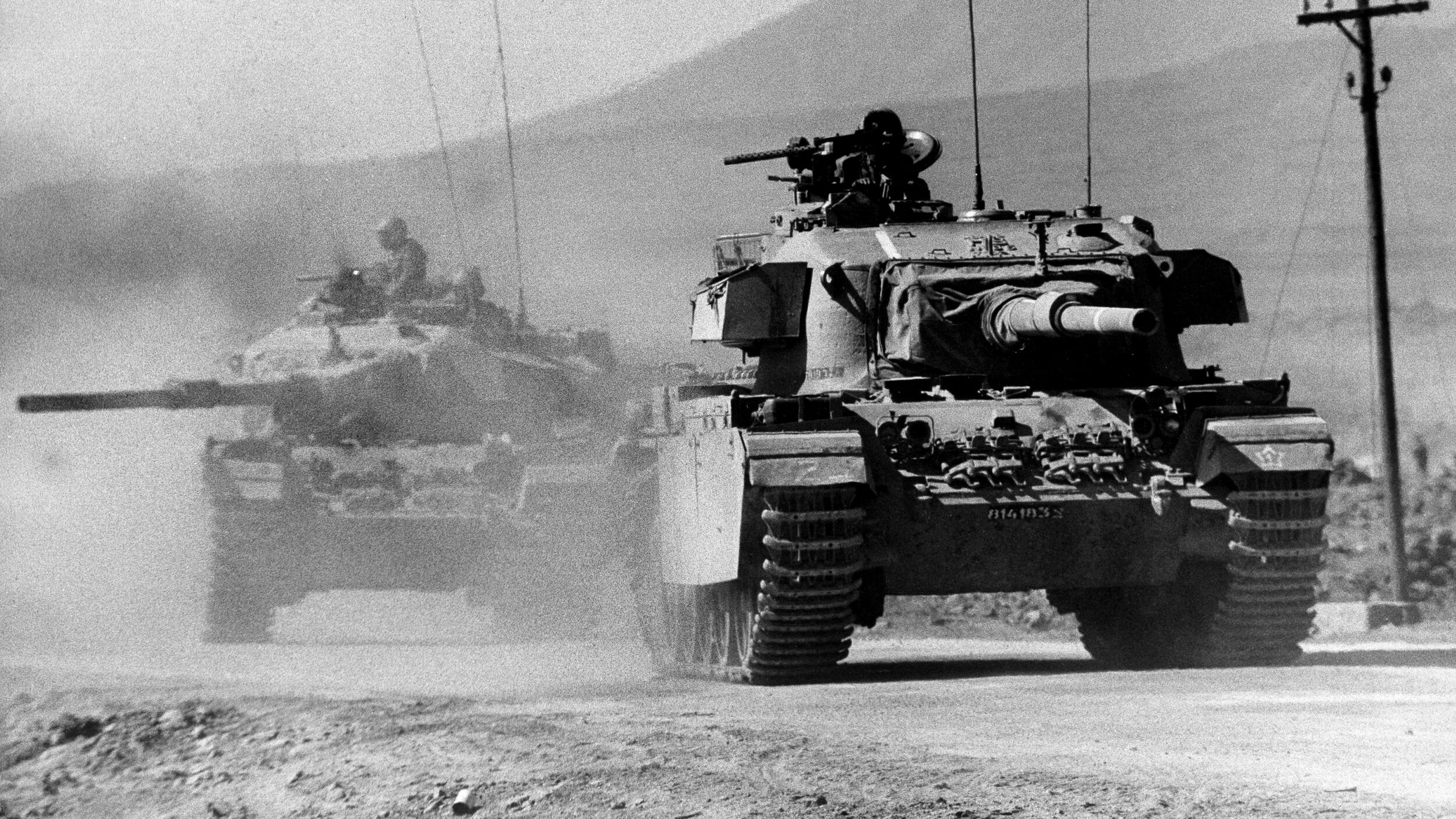
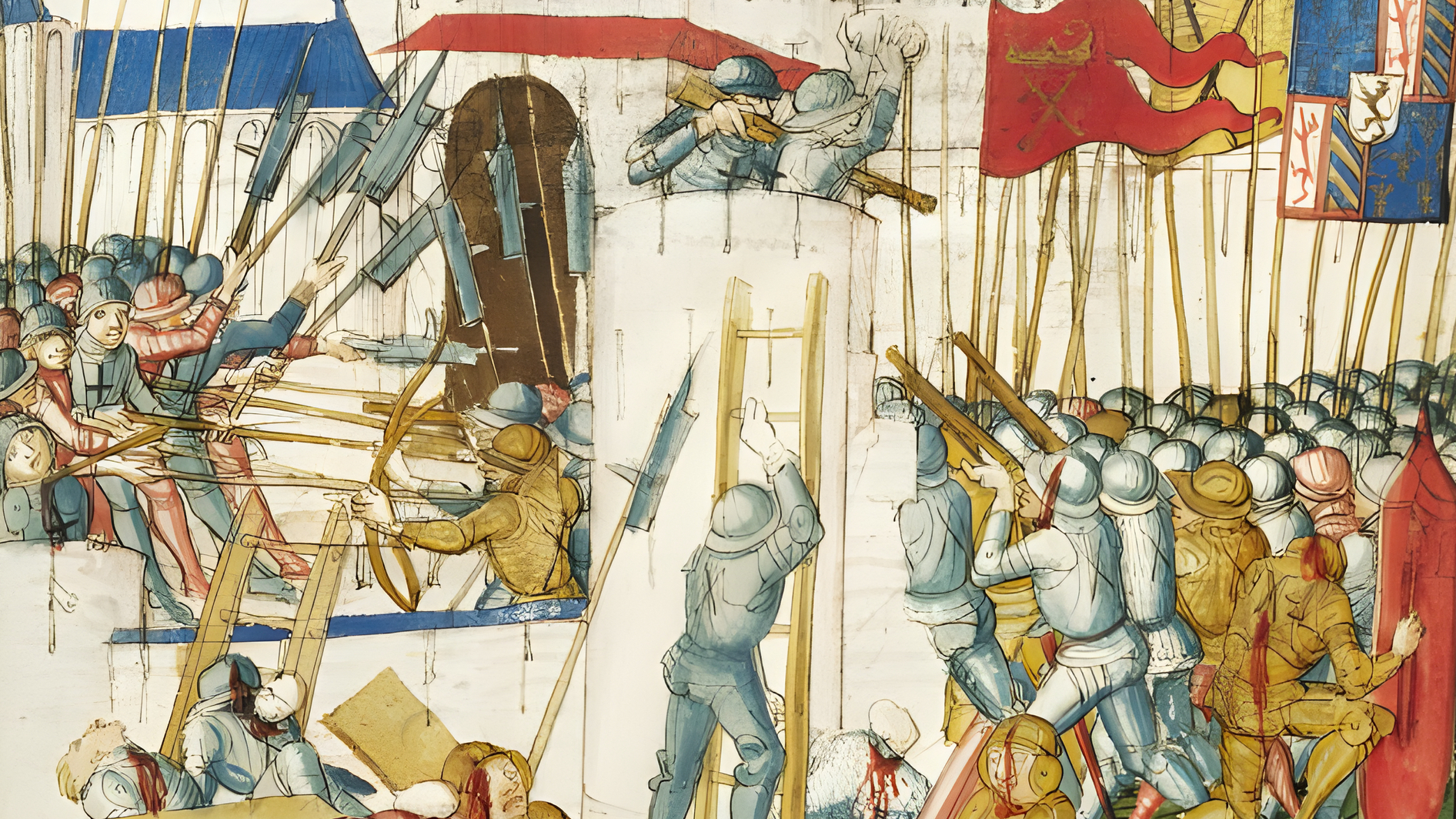
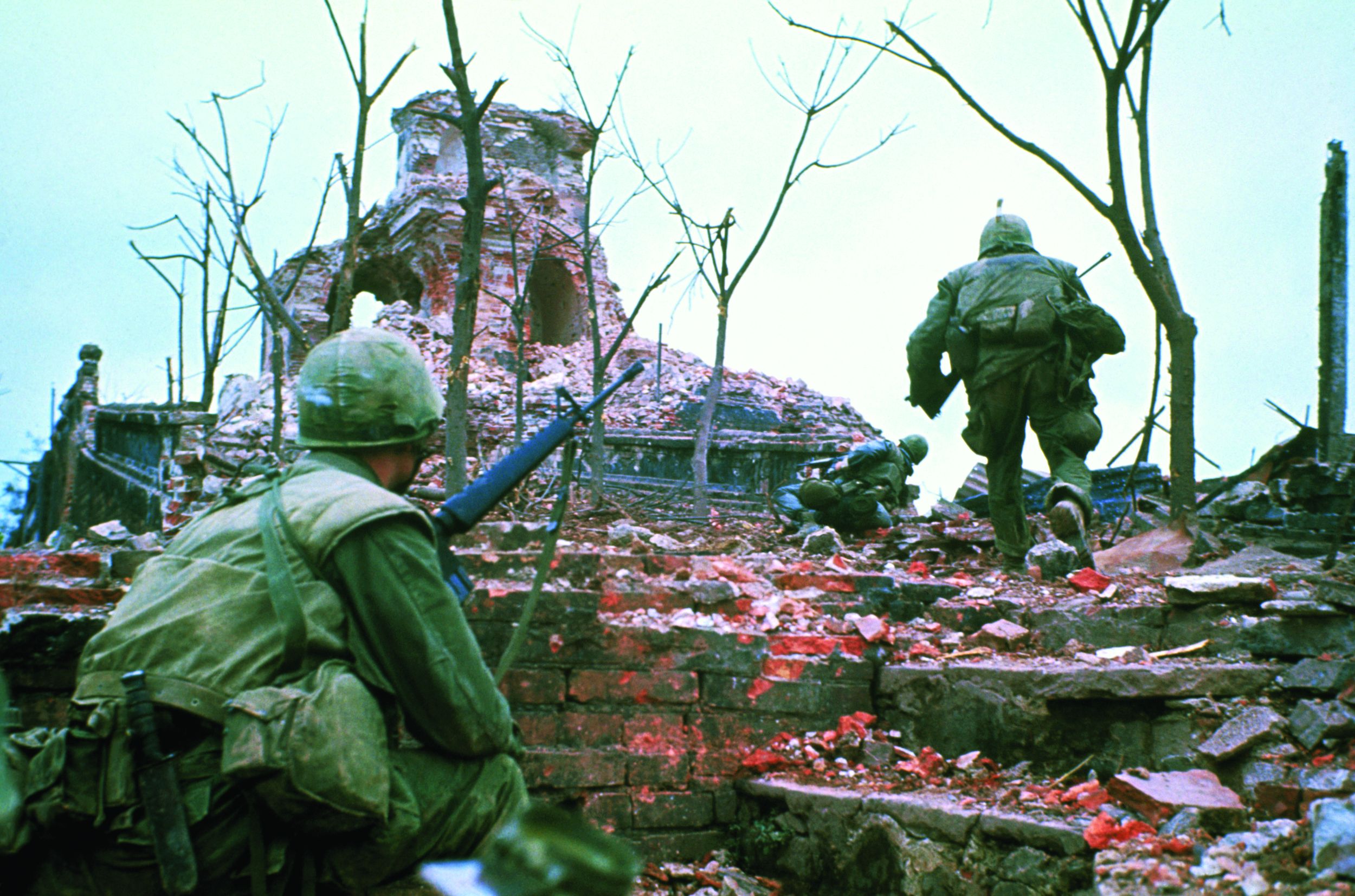
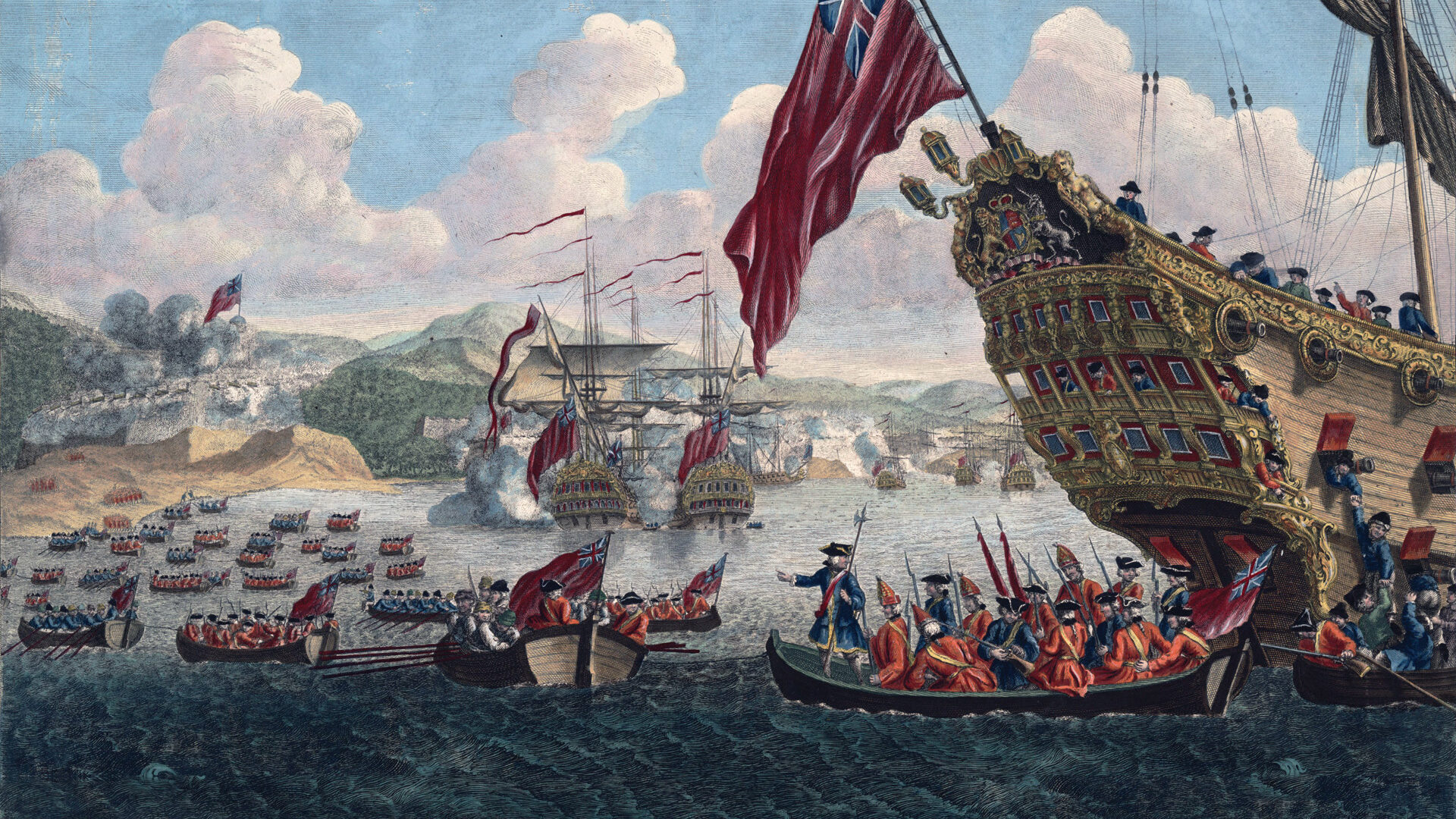
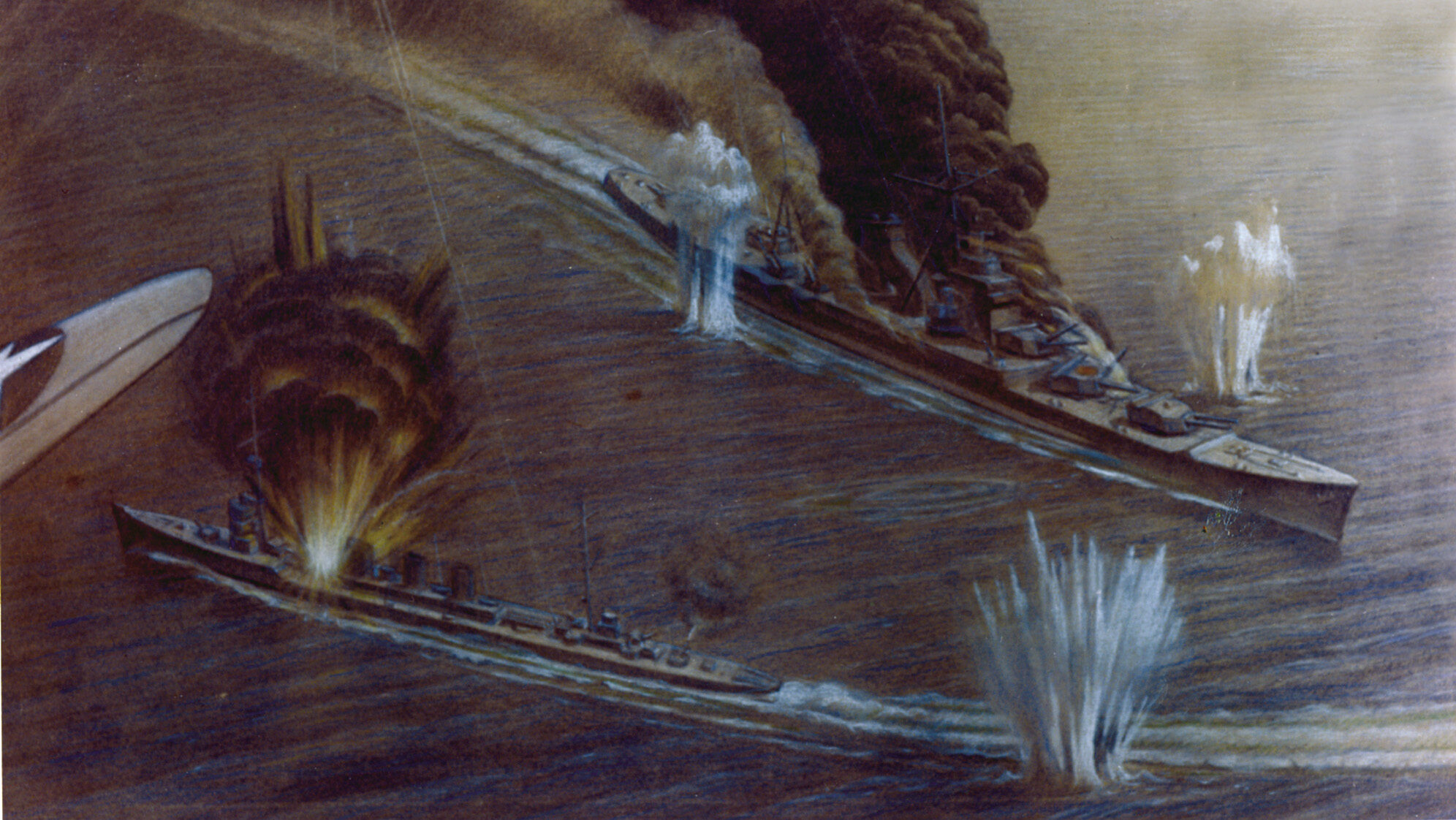
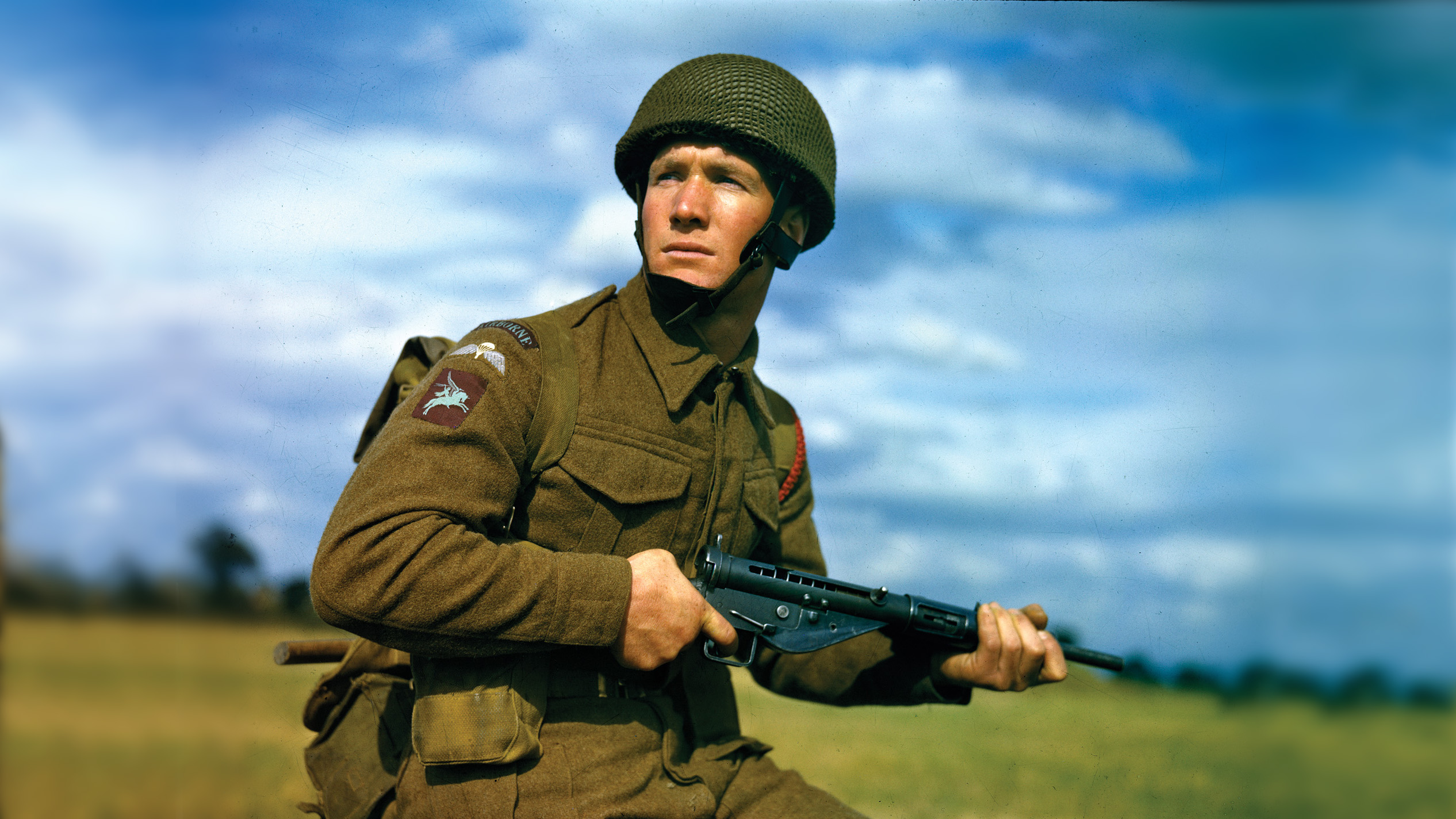
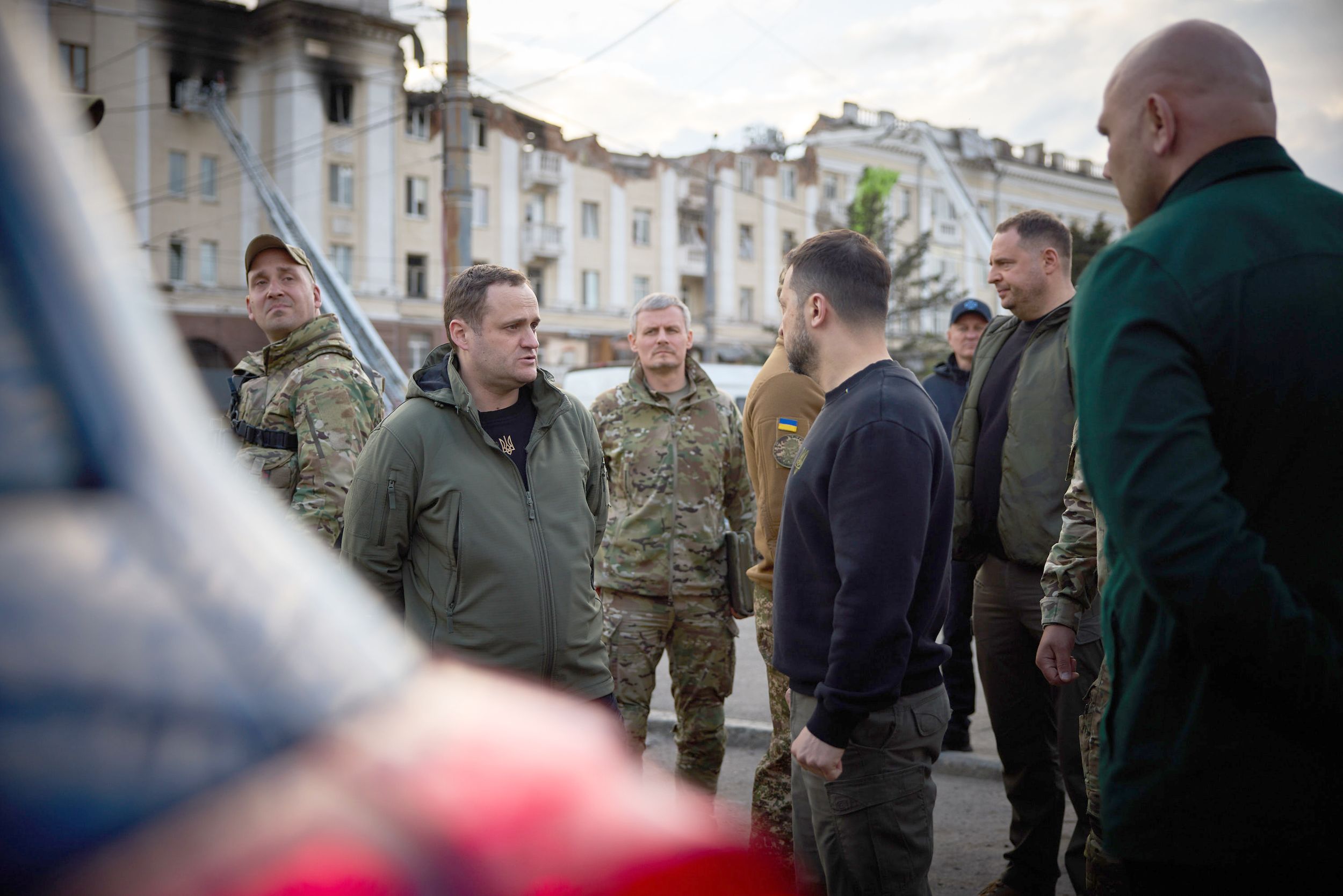
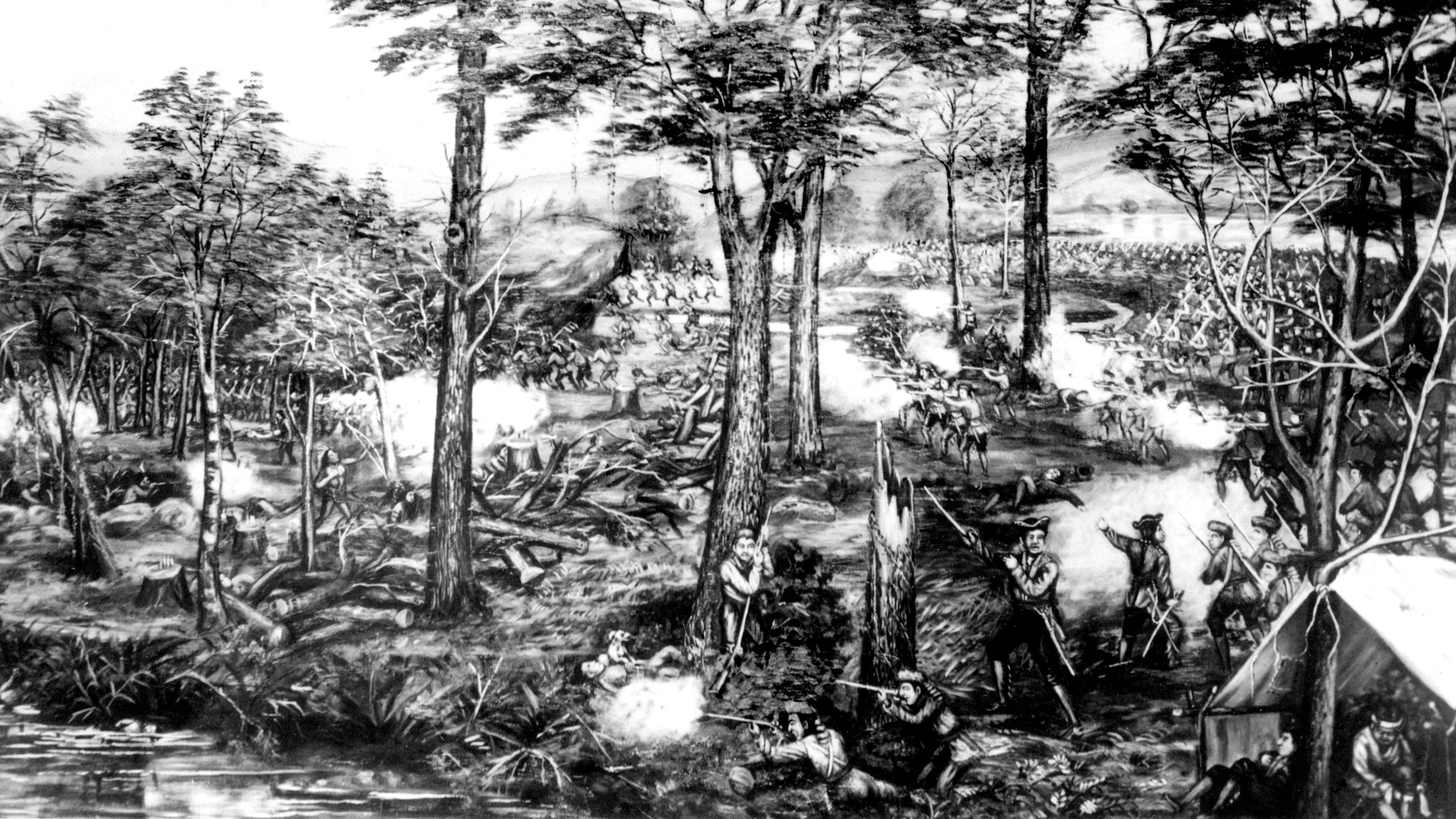
Join The Conversation
Comments
View All Comments